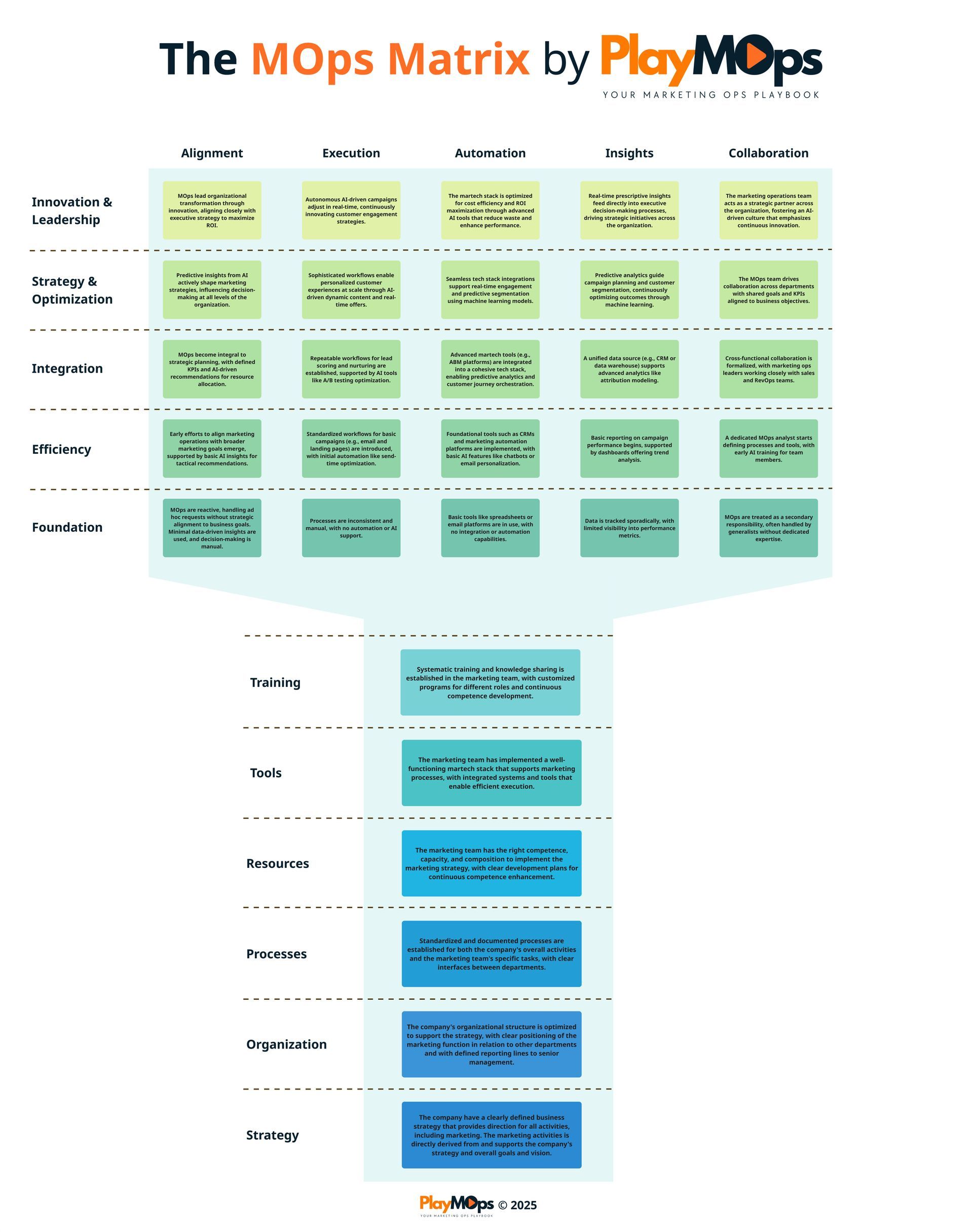Why Use Customer Lifetime Value in Your Marketing Strategy?
Because it is a crystal ball that tells you how much moolah a customer will drop in your coffers during their lifespan.
Or in some other (boring) words:
Customer Lifetime Value
(sometimes referred to as CLTV, CLV or simply LTV),
is a prediction of the total net profit that a company can make from a customer throughout the course of their relationship.
It is a critical metric in marketing and customer relationship management, as it helps businesses understand how much revenue they can expect a customer to generate over time.
Basically, It’s like trying to predict if your blind date will turn into a life-long romance! But remember, just like dating, when calculating CLTV, there are some foot-in-mouth moments to avoid:
👉
Remember the wallet:
You need to spend some to get some. If you’re spending a fortune to woo customers and they’re not spending as much back, that’s a one-sided relationship. Balance your acquisition costs with the expected CLTV.
👉
Not all customers are created equal:
Applying the same CLTV to every customer is like assuming everyone loves pineapple on pizza. It’s not true (I know, shocking!). So, segment your customers, and calculate CLTV accordingly.
👉
Love the one you’re with:
Focus on keeping your current customers happy, not just chasing new ones. Remember, a bird in hand (or a customer in your database) is worth two in the bush!
👉
Count the pennies:
Calculate CLTV based on net profit, not revenue. Let’s not forget Uncle Sam and overheads want their share too.
👉
Update regularly:
CLTV isn’t a high school yearbook photo, it should change and improve over time.
—
You: WAIT, this sounds like something I want to do! But how the #¤% do I find my CLTV??
Me: Hold my beer..
—
Calculating CLTV involves several steps and can be relatively simple or very complex, depending on the level of detail a company wants to get into.
Here’s a simplified approach:
👉
Average Purchase Value:
Calculate this by dividing the total revenue over a given period by the number of purchases during that same period.
👉
Average Purchase Frequency:
This is calculated by dividing the total number of purchases by the number of unique customers who made purchases during that period.
👉
Customer Value:
Multiply the Average Purchase Value by the Average Purchase Frequency to calculate the customer value.
👉 Average Customer Lifespan:
This is generally calculated by averaging the number of years a customer continues purchasing from your company.
👉
Customer Lifetime Value:
Finally, multiply the Customer Value by the Average Customer Lifespan. This gives you the CLTV.
So there you go, CLTV (or CLV or LTV) in a nutshell
– a tool to keep your business boogieing, your customers swooning, and your accountants smiling.




